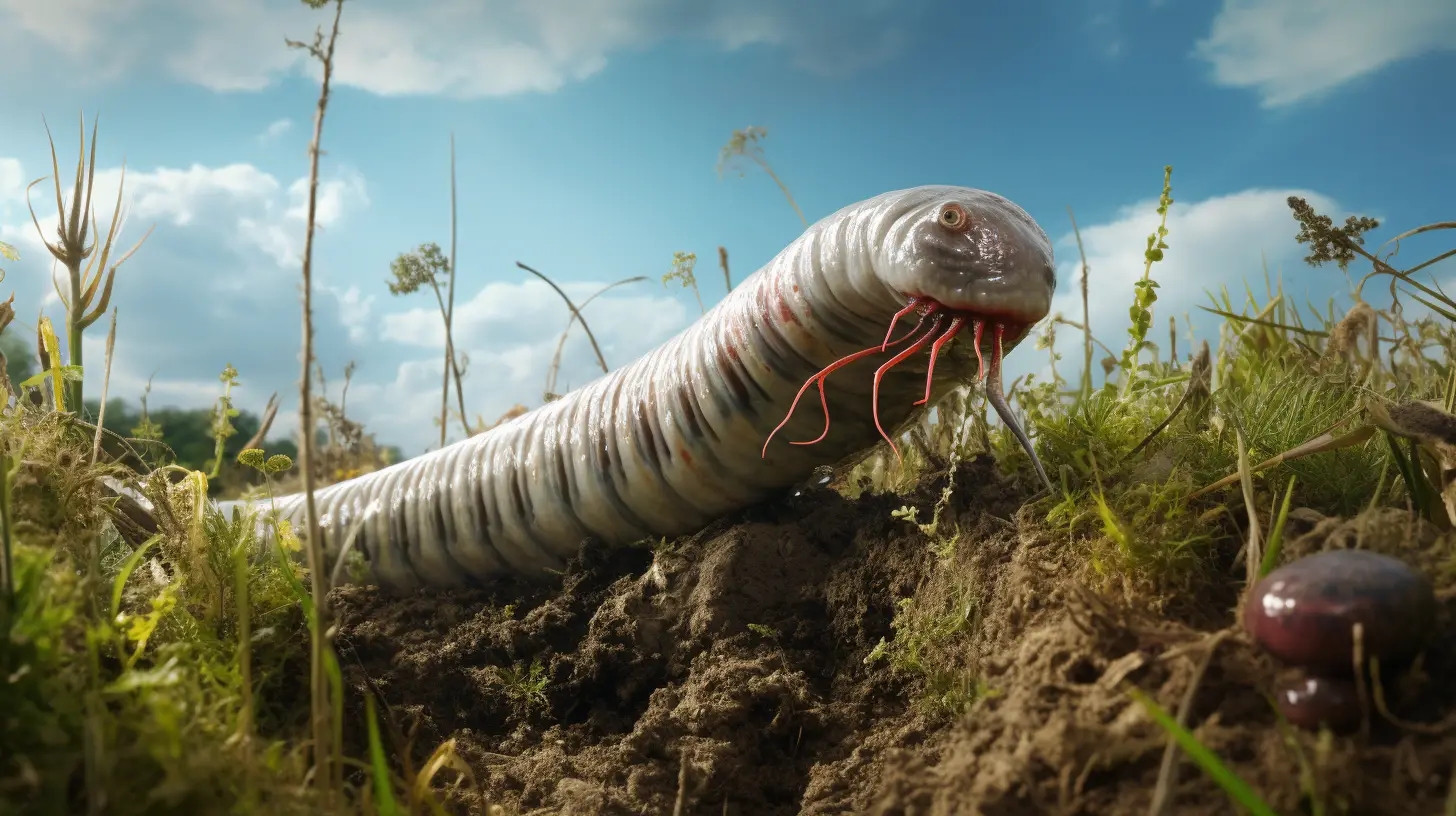Dust storms, also known as sandstorms or haboobs, are some of the most captivating and perplexing meteorological phenomena occurring on our planet. Originating from arid and semi-arid regions, they traverse great distances, often impacting distant locations in surprising ways. They are more than just dynamic displays of nature’s raw power; they hold a crucial place in our understanding of climate, ecology, and even human health.
Let’s venture into the dusty heart of these desert-born giants, uncovering 25 fascinating facts about dust storms and the reasons they occur.
1. What is a Dust Storm? A dust storm arises when strong winds lift large amounts of sand and dust from bare, dry soils into the atmosphere.
2. Dust Storms Size: They can range from a few meters wide and several meters high to hundreds of kilometers wide and over a kilometer high.
3. Dust Particles’ Travelling Distance: In a significant storm, dust particles can travel thousands of kilometers, even crossing oceans. Saharan dust, for example, often reaches the Amazon rainforest and impacts its nutrient balance.
4. Dust Storms on Other Planets: Mars experiences dust storms too, some covering the entire planet for months.
5. Precursors to Dust Storms: Conditions leading to dust storms include drought, deforestation, desertification, and inappropriate farming practices that leave soil exposed.
6. Dust Storms and Climate Change: Increasing global temperatures and shifting weather patterns due to climate change are expected to make dust storms more frequent and severe.
7. Role in Nutrient Transport: Dust storms play a crucial role in Earth’s nutrient cycle, carrying minerals to different parts of the world.
8. Health Implications: Dust storms can negatively impact air quality and human health, causing respiratory issues and other illnesses.
9. Dust Storms and Visibility: These storms can dramatically reduce visibility, causing road accidents, disrupting air travel, and even leading to temporary closures of airports.
10. ‘Haboobs’: The word ‘haboob’ is Arabic for ‘blown’. These are intense dust storms characteristic of arid regions like Sudan and the Middle East.
READ MORE: 25 Amazing Facts About MANGROVE FORESTS
11. Dust Storms and Weather Forecasting: Modern technology, such as satellite imagery and radars, help forecast dust storms, aiding in early warning and mitigation efforts.
12. Longest Dust Storm: Australia’s “Red Dawn” in 2009 is considered the longest dust storm, which lasted for three days.
13. Dust Bowls: The 1930s Dust Bowl in the Great Plains of the US was a series of severe dust storms caused by intensive farming without crop rotation, fallow fields, cover crops, or other techniques to prevent wind erosion.
14. Dust Storms and Marine Life: Iron-rich dust feeds phytoplankton, the base of marine food webs. This could impact fish populations and other marine life.
15. Historical Records: Dust storms have been documented throughout history, with mentions as early as 14th century BC in ancient Egypt.
16. Dust Storms and Electricity: These storms can generate static electricity due to colliding dust particles, occasionally leading to spectacular lightning displays.
17. Dust Storms and Microorganisms: Dust can transport bacteria and viruses across the globe, including those affecting human and plant health.
18. Dust Storms and Solar Panels: Dust accumulation on solar panels from dust storms can significantly reduce their efficiency.
19. Dust Storms and Global Warming: Dust in the atmosphere can reflect sunlight back into space, which might have a slight cooling effect on the Earth’s surface.
20. Dust Storms and Rainfall: Dust in the atmosphere can influence rainfall patterns, both by absorbing sunlight (heating the air and potentially altering wind patterns) and acting as nuclei for the condensation of water droplets.
21. Dust Storms and Nuclear Fallout: During the era of above-ground nuclear testing, dust storms could potentially have transported radioactive particles over long distances.
22. Dust Storms and Crop Health: Dust can coat plants, potentially interfering with photosynthesis and reducing crop yield.
23. Dust Storms and Coral Reefs: When dust settles in oceans, it can smother coral reefs, contributing to their decline.
24. Dust Storms and Asthma: Dust storms often cause an increase in hospital admissions for asthma and other respiratory conditions.
25. Dust Storms and Wildlife: Dust can affect wildlife in various ways, such as by coating birds’ feathers and reducing their flight efficiency, or by infiltrating the gills of aquatic life.
Dust storms are a powerful testament to nature’s capacity for change and adaptation. They are dramatic, wide-ranging, and carry impacts far beyond the immediate whirlwind of dust and debris. As scientists continue to uncover their mysteries, it’s becoming increasingly clear that dust storms have profound implications for everything from weather patterns and climate change to human health and the well-being of ecosystems around the world. With the specter of climate change looming large, understanding dust storms is more crucial than ever, making every grain of knowledge count.



